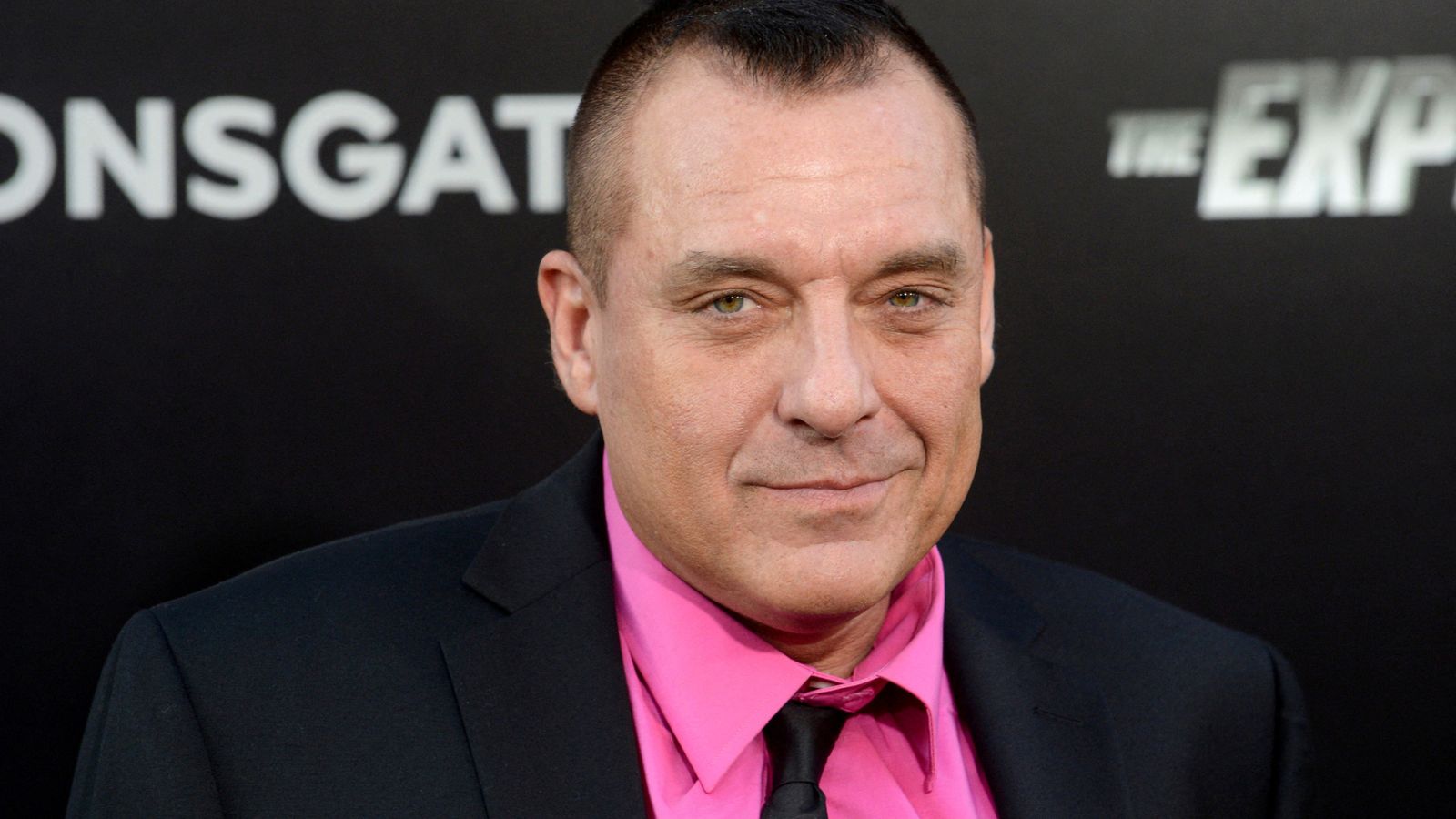Actor Tom Sizemore is in a critical condition after suffering a brain aneurysm.
His manager described the situation as “wait and see” with the 61-year-old in intensive care.
What is a brain aneurysm, how are they treated and what is the outlook for patients?
What is a brain aneurysm?
An aneurysm is a bulge in a blood vessel caused by a weakness in the blood vessel wall.
As blood passes through the weakened blood vessel, the blood pressure causes a small area to bulge outwards like a balloon.
The Brain Aneurysm Foundation in the US compares it to a weak spot on a bike tyre’s inner tube.
Two-week cancer diagnosis target missed by half of NHS trusts in England in every month last year, data reveals
Male contraceptive drug shows promise in mice, study suggests
Hormone injection could be the cure for men and women with low sex drives, new study reveals
Because the walls of the artery are thin, the aneurysm is at risk of bursting.
What happens when a brain aneurysm bursts?
The first symptom is normally an agonising headache.
It’s been described as a “thunderclap headache”, the NHS says, similar to a sudden hit on the head.
Other possible symptoms include vomiting, pain on looking at light, loss of consciousness and a stiff neck.
When an aneurysm ruptures, blood spills into the space between the skull and the brain.
This is called a haemorrhage or haemorrhagic stroke and is considered a medical emergency.
What are the symptoms of an unruptured brain aneurysm?
Unruptured brain aneurysms normally do not have any symptoms.
However they occasionally cause symptoms if they’re particularly large or press against tissues or nerves inside the brain.
According to the NHS, symptoms can include visual disturbances, pain above or around your eye, numbness or weakness on one side of your face and difficulties with speech, memory and concentration.
How are brain aneurysms treated?
Not all aneurysms are at risk of rupturing. Where an unruptured aneurysm is considered low-risk, it will usually be monitored rather than treated because the risk of operating often outweighs the benefit.
An aneurysm that is at risk of or has already burst may be treated with coiling or surgical clipping.
Coiling involves filling the aneurysm with a series of platinum coils that are threaded up from the patient’s groin.
The coils prevent more blood flowing into the aneurysm and pressing against the weakened walls.
Surgical clipping involves removing a section of the skull and placing a metal clip over the “neck” of the aneurysm to stop blood from flowing into it.
The same treatments are used for aneurysms that have already burst.
Who is at risk of having a brain aneurysm?
Brain aneurysms can develop in anyone at any age, but are more common in people over 40.
They are also more common in women.
People who smoke and those with high blood pressure are at greater risk of brain aneurysms.
Excessive alcohol consumption and drug use, particularly cocaine, are also associated with brain aneurysms.
What’s the outlook after a ruptured brain aneurysm?
Ruptured brain aneurysms are fatal in about 50% of cases, according to the Brain Aneurysm Foundation.
About 15% of people with a ruptured aneurysm die before reaching the hospital. Most of the deaths are due to rapid and massive brain injury from the initial bleeding.
Of those who survive, about two thirds suffer permanent neurological problems.






















